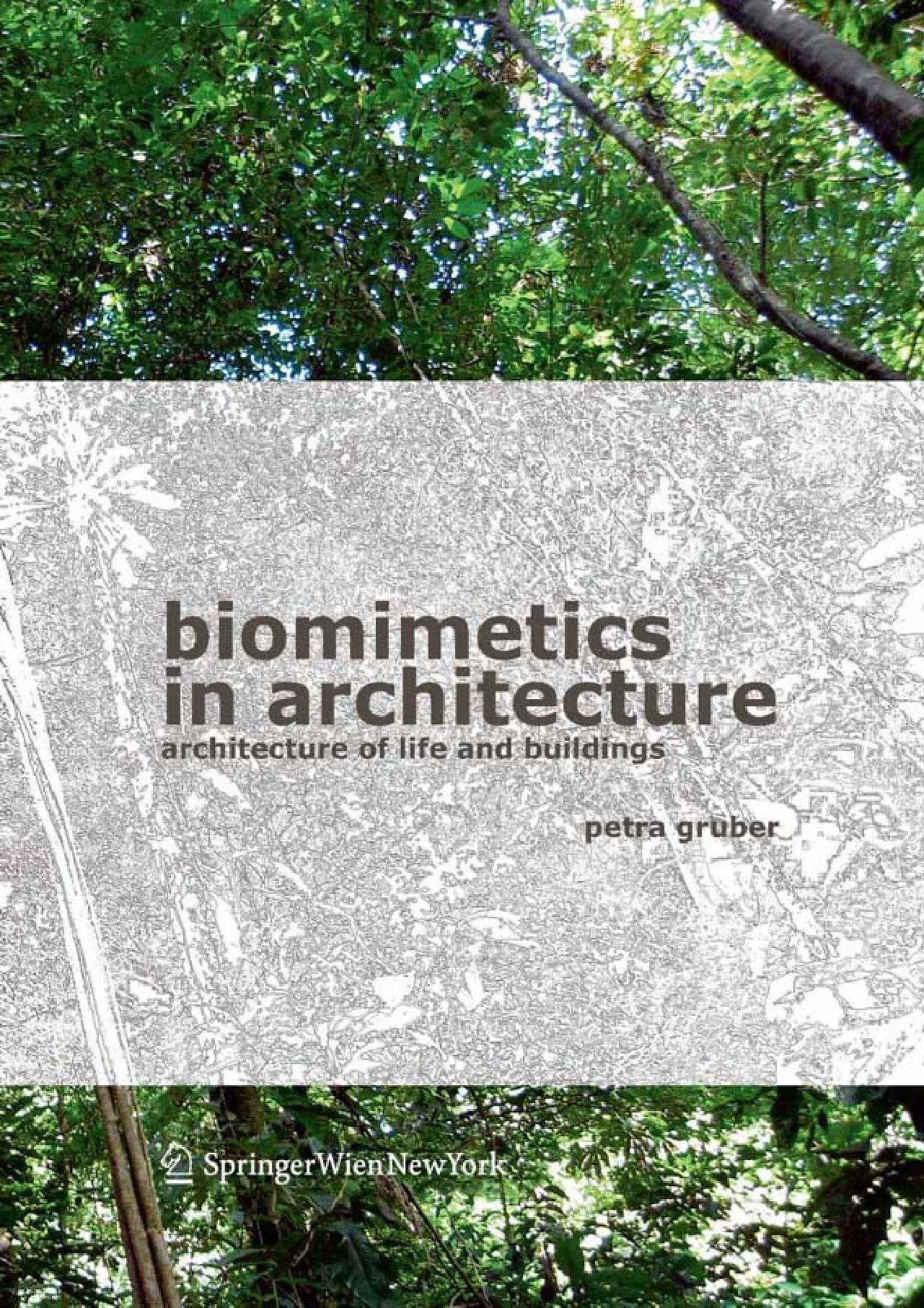Definitions
Other terms occurring in conjunction with bionics:
Biomimicry
Coined by a US group around Janine Benyus, is about using the genius of nature to develop innovation.
The holistic approach includes ecological design as well as interest in technological innovation.
Bioinspiration
Is the most general expression for the design inspired by natural role models, including all levels of abstraction, also purely morphological interpretations.
Biomorphology
Is the science of construction and of the organisation of living things and their components – organs, tissue and cells.
Structural morphology
Refers to functional design in technology and functional anatomy in biology.
Micromorphology
Examines and describes the form of microscopic objects and represents a treasure trove of functional forms.
Biomechanics
Is the application of physical laws of mechanics to examinations of natural objects.
Biophysics
Examines and describes biological objects with the terms and methods of physics.
Biotechnology
Explores biological objects using technical methods.
Recently the notion has shifted towards technologies using organisms for production purposes in biochemistry, e.g. enzymes, drugs and pharmaceuticals. Biotechnology is also related to genetically modified organisms.

2.2.2 Historical background and development of bionik
Researchers and scholars who have used biological role models for their work can be found very early in history. A good example is the historical development of human flight, a challenge which had occupied researchers and inventors for centuries, where a wide range of role models from nature were taken into consideration. Flight and plants as role models will serve as examples to illustrate the historical development of a discipline which is committed to learn from nature. Werner Nachtigall has contributed to the investigation of the historical background of bionics and to current developments in his extensive compilation “Bionik – Grundlagen und Beispiele für Ingenieure und Naturwissenschaftler”.
– CONTENT –
1- Introduction
2- Background
2.1 Architecture
2.2 Bionics [Bionik] Biomimetics
2.3 Transfer and methods
3- Classical approaches to investigate overlaps between biology and architecture
3.1 Relationship between nature and architecture
3.2 “Natural construction”
3.3 Nature’s design principles
3.4 Parallels, differences and synergies between design in nature and in architecture
3.5 Biomimetics in construction and architecture
4- New approaches and application of biology’s life criteria on architecture
4.1 Life, biology
4.2 Architectural interpretation of life criteria
4.3 Comments and hitherto unexplored fields
4.4 A living architecture
5- Case studies
5.1 Adaptation and evolution of traditional architecture on Nias Island
5.2 Transformation Architecture
5.3 Lunar Exploration Architecture
5.4 Biomimetic Design Proposals
6- Discussion
6.1 Transfer strategies and methods
6.2 Suggestions
7- Appendix
7.1 Literature
7.2 Figures and Photography
